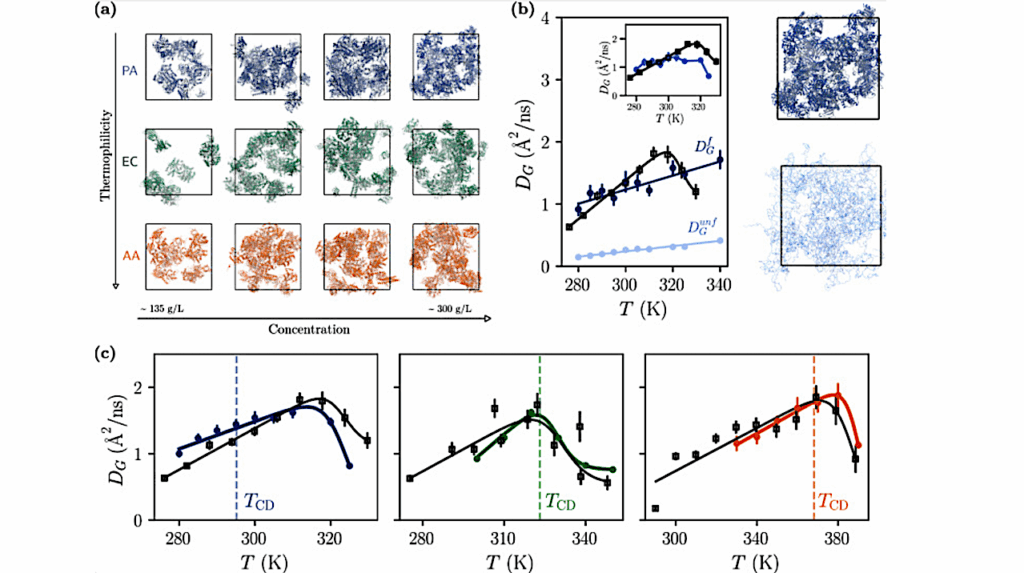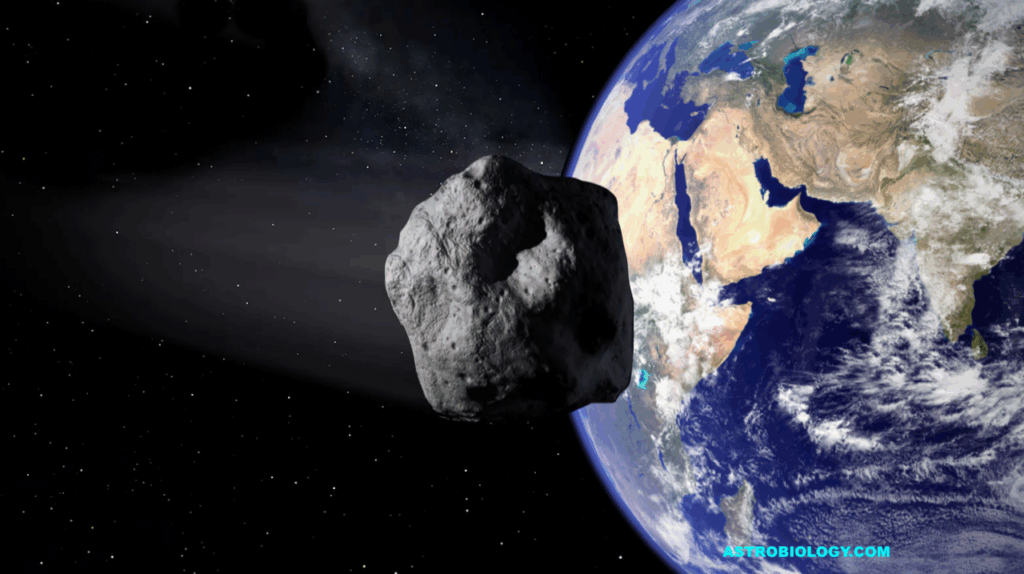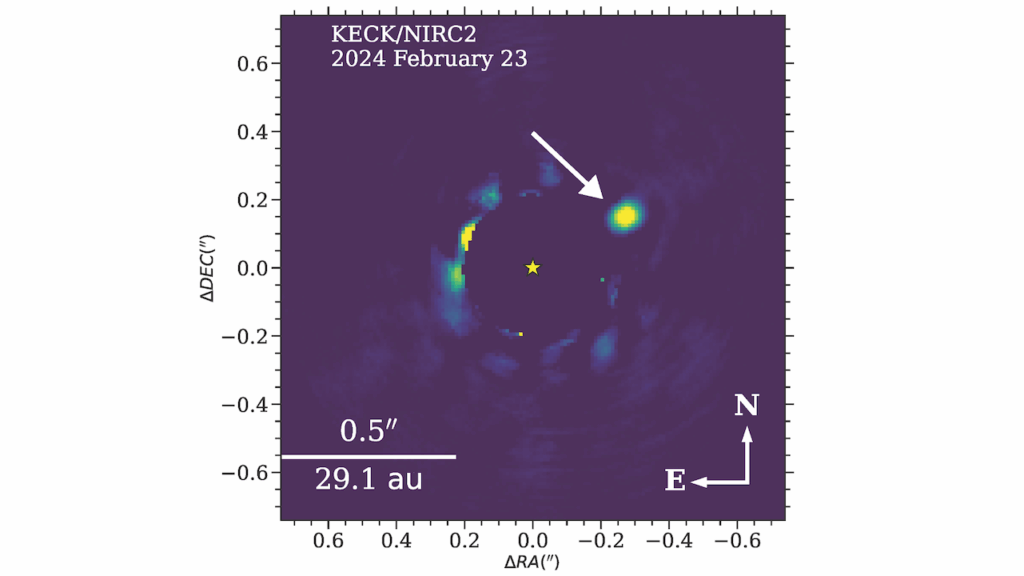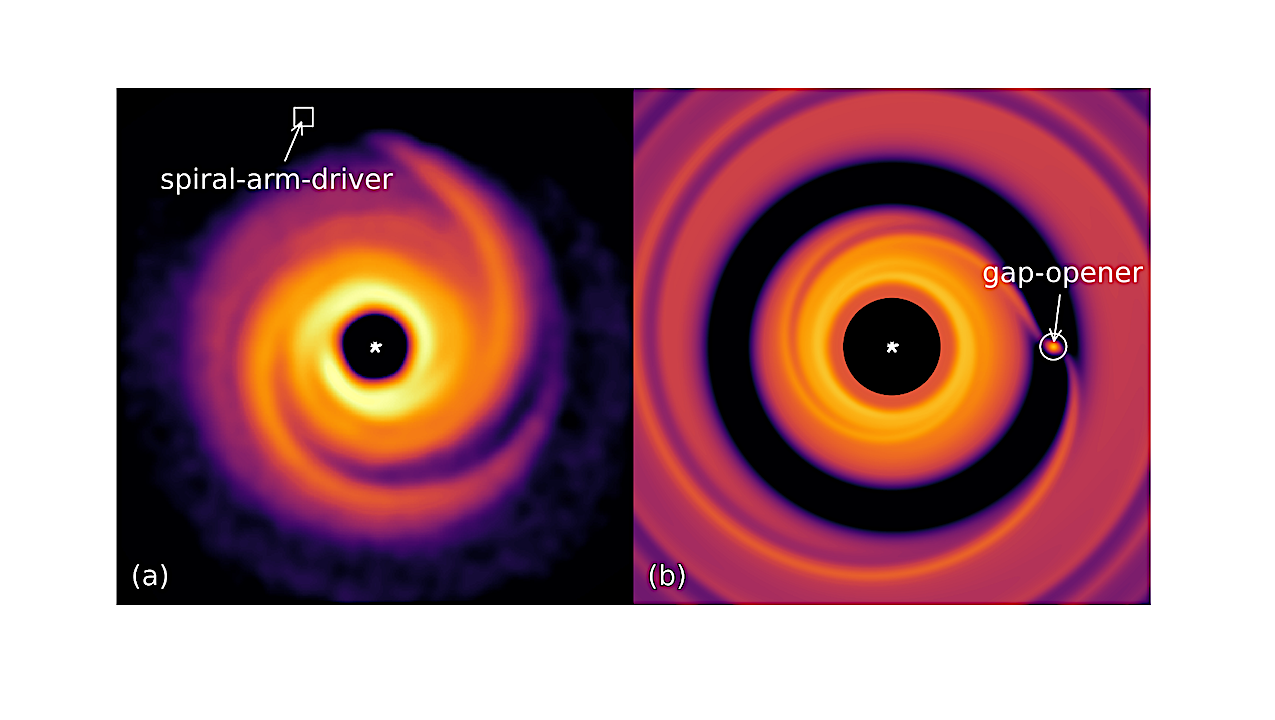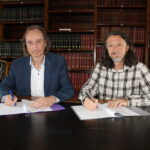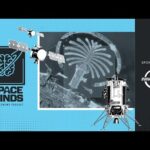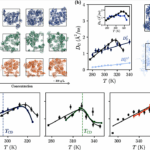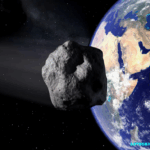Now Reading: Testing Origin-of-Life Theories with the Habitable Worlds Observatory (HWO)
-
01
Testing Origin-of-Life Theories with the Habitable Worlds Observatory (HWO)
Testing Origin-of-Life Theories with the Habitable Worlds Observatory (HWO)
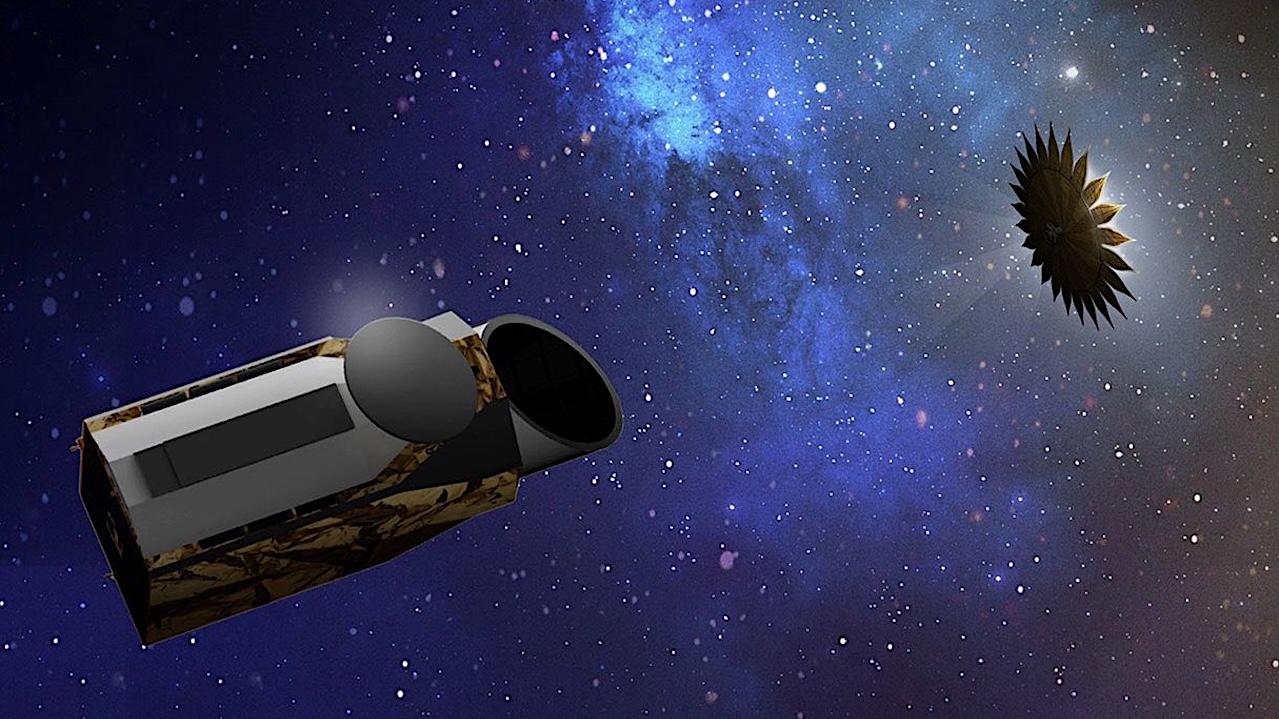

Habitable Worlds Observatory — NASA
The Habitable Worlds Observatory (HWO) aims to telescopically constrain the frequency and abundance of biospheres in the solar neighborhood.
Origin-of-life theories vary in their predictions for the environmental requirements and the expected frequency of abiogenesis, meaning that constraints on the frequency and distribution of life on exoplanets from HWO can in principle directly test theories of abiogenesis.
We categorize origin-of-life theories into three broad classes and discuss how HWO could potentially test them. Nondetection of biology on a large sample of habitable planets would provide prior-independent evidence in favor of the class of abiogenesis theory which holds that the origin of life is a contingent, vanishingly unlikely event, whereas detection of event a single biosphere would falsify this class of theories.
Correlations of candidate biospheres with planetary parameters such as UV irradiation, the presence of oceans, and the presence of continents can test specific origin-of-life theories. Simulated surveys with Bayesian analysis are required to quantify the ability of HWO to execute this science case.
However, a clear theme from the limited such studies that have already been conducted is the need for large sample sizes (≳50 planets characterized) to provide meaningful constraints on abiogenesis theories, favoring a larger design sample for HWO.
Sukrit Ranjan, Martin Schlecker, Nicholas Wogan, Michael Wong
Comments: Science Case Development Document for the Habitable Worlds Observatory (https://outerspace.stsci.edu/display/HWOCOMMUNITYSCI/HWO+Community+Science+Case+Portal). Comments and endorsements welcomed via the link provided or at [email protected]. Comments/Endorsements received by August 15 will be incorporated into the published version (PASP conference proceedings)
Subjects: Instrumentation and Methods for Astrophysics (astro-ph.IM); Earth and Planetary Astrophysics (astro-ph.EP)
Cite as: arXiv:2507.00164 [astro-ph.IM] (or arXiv:2507.00164v1 [astro-ph.IM] for this version)
https://doi.org/10.48550/arXiv.2507.00164
Focus to learn more
Submission history
From: Sukrit Ranjan
[v1] Mon, 30 Jun 2025 18:11:31 UTC (179 KB)
https://arxiv.org/abs/2507.00164
Astrobiology,
Stay Informed With the Latest & Most Important News
Previous Post
Next Post
-
 012024 in Review: Highlights from NASA in Silicon Valley
012024 in Review: Highlights from NASA in Silicon Valley -
 02Panasonic Leica Summilux DG 15mm f/1.7 ASPH review
02Panasonic Leica Summilux DG 15mm f/1.7 ASPH review -
 03From Polymerization-Enabled Folding and Assembly to Chemical Evolution: Key Processes for Emergence of Functional Polymers in the Origin of Life
03From Polymerization-Enabled Folding and Assembly to Chemical Evolution: Key Processes for Emergence of Functional Polymers in the Origin of Life -
 04How New NASA, India Earth Satellite NISAR Will See Earth
04How New NASA, India Earth Satellite NISAR Will See Earth -
 05And Thus Begins A New Year For Life On Earth
05And Thus Begins A New Year For Life On Earth -
 06Astronomy Activation Ambassadors: A New Era
06Astronomy Activation Ambassadors: A New Era -
07SpaceX launch surge helps set new global launch record in 2024













